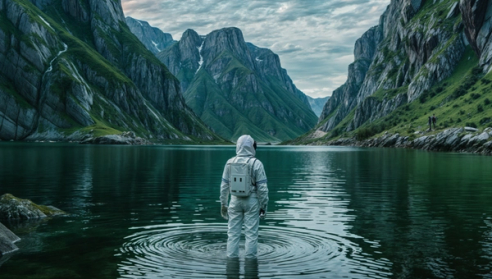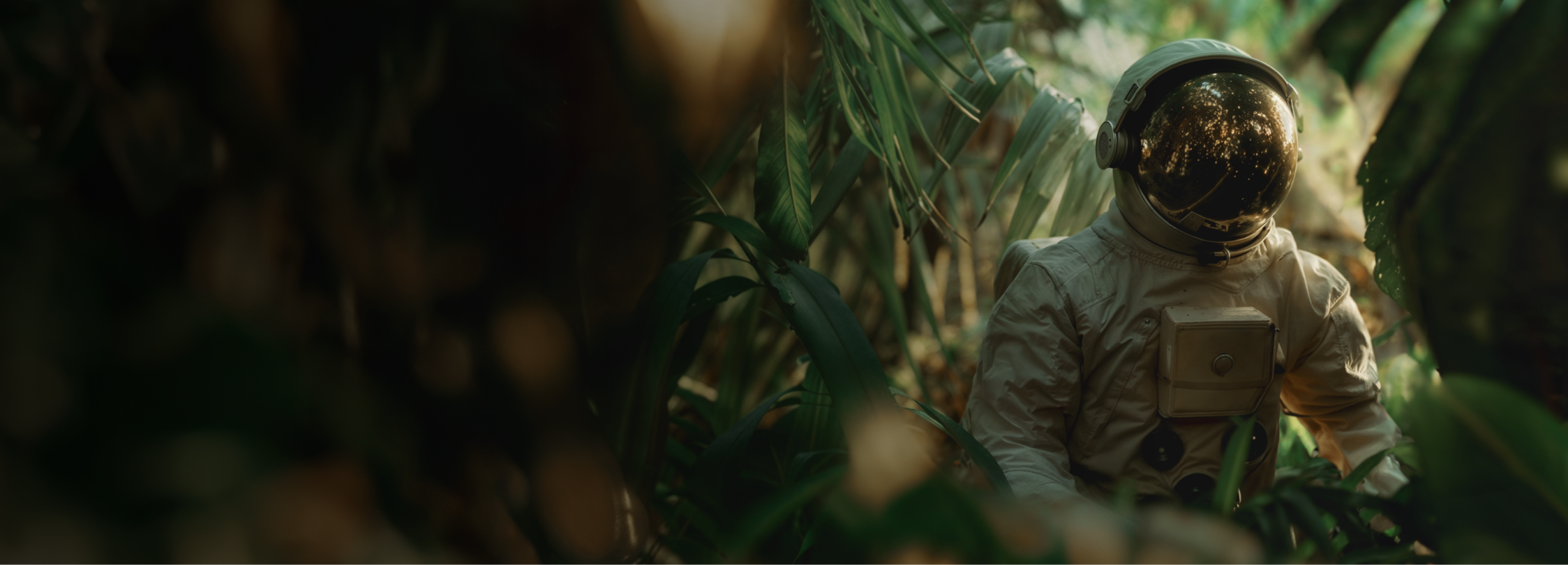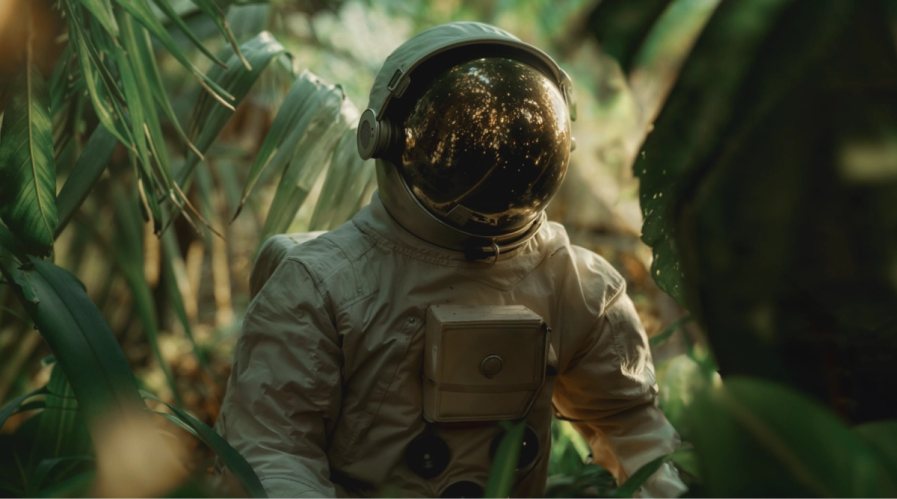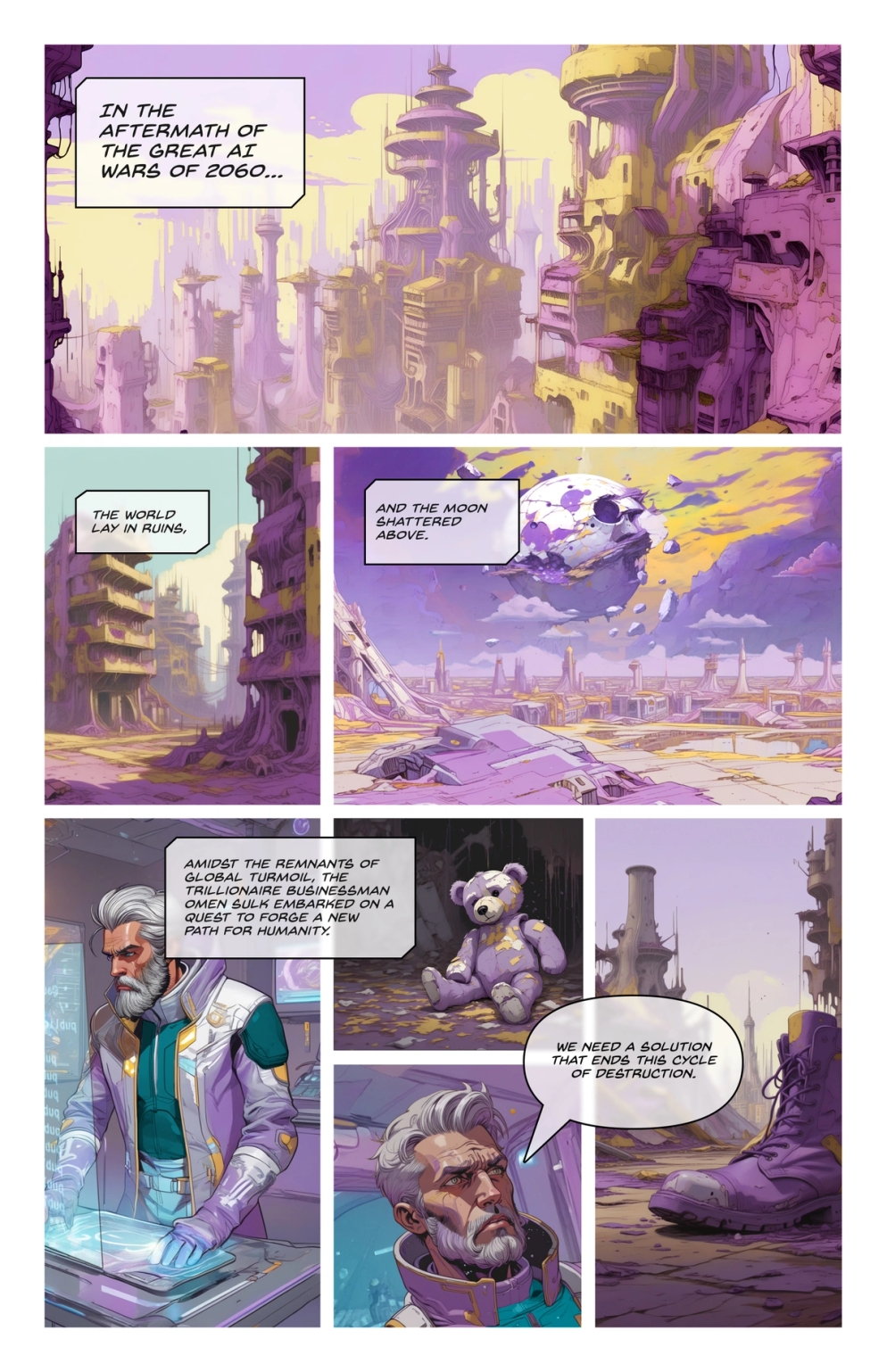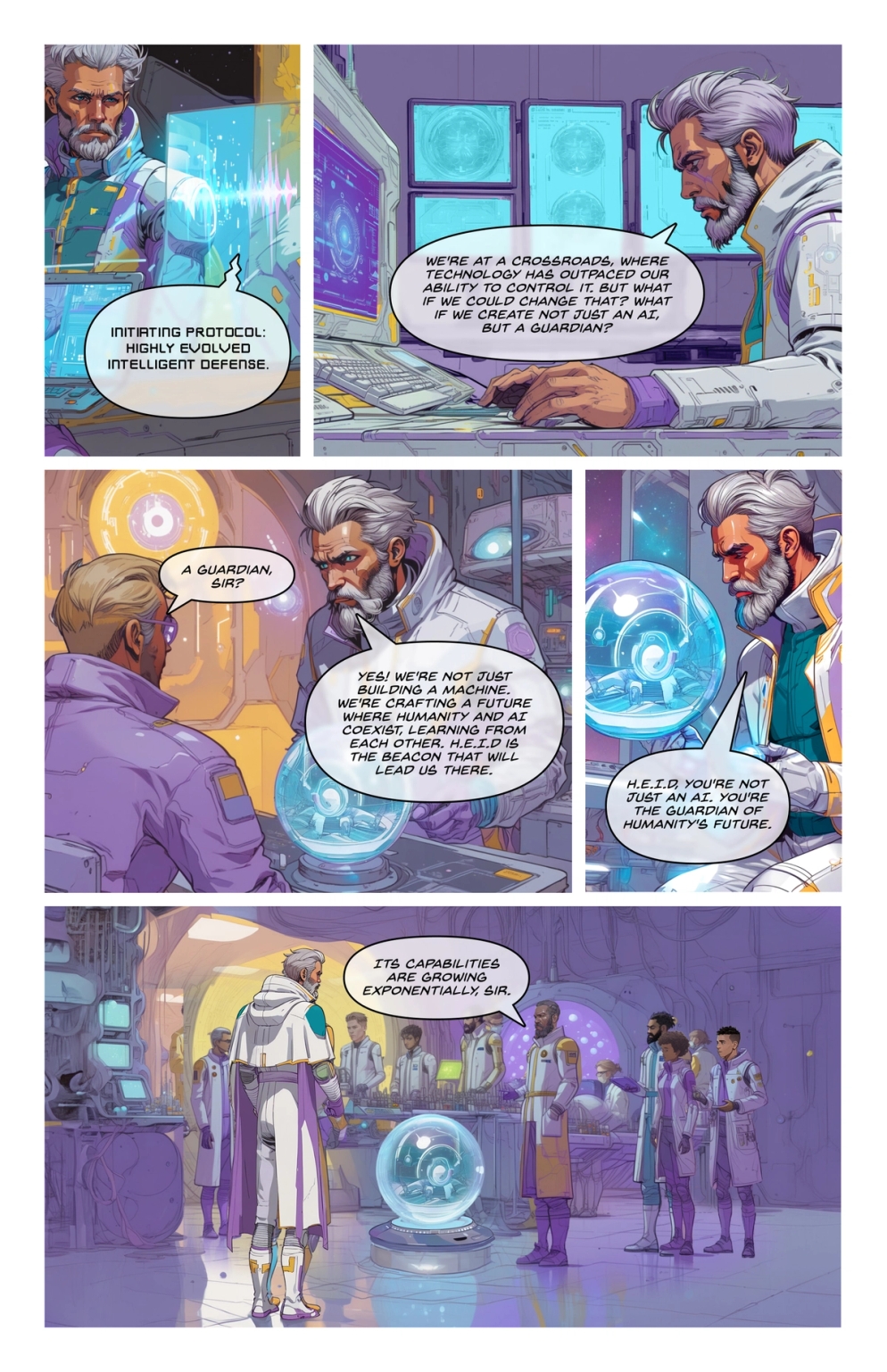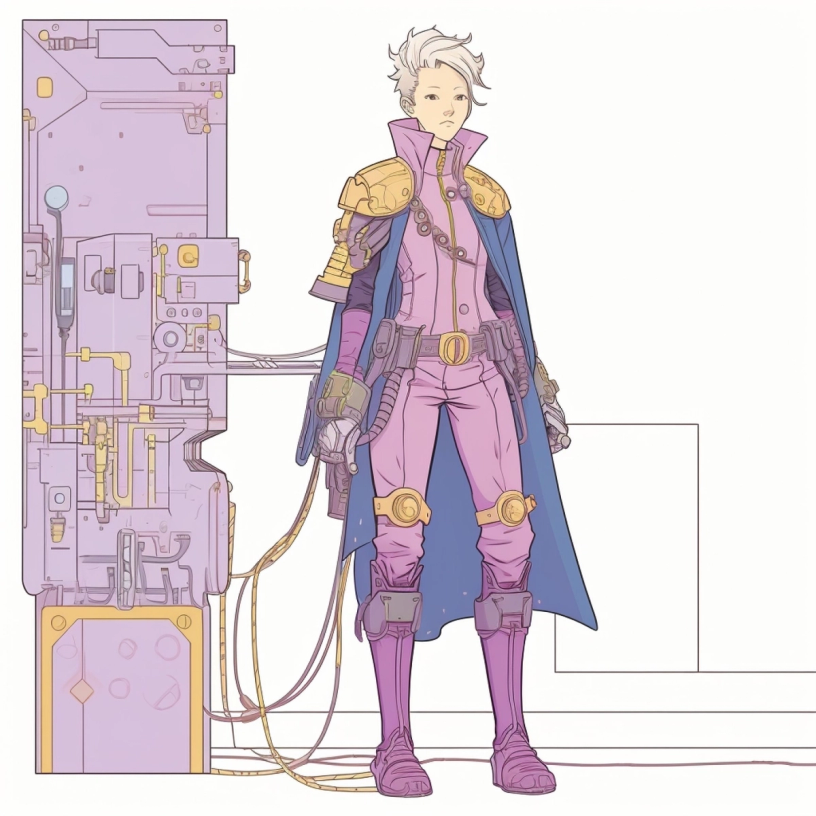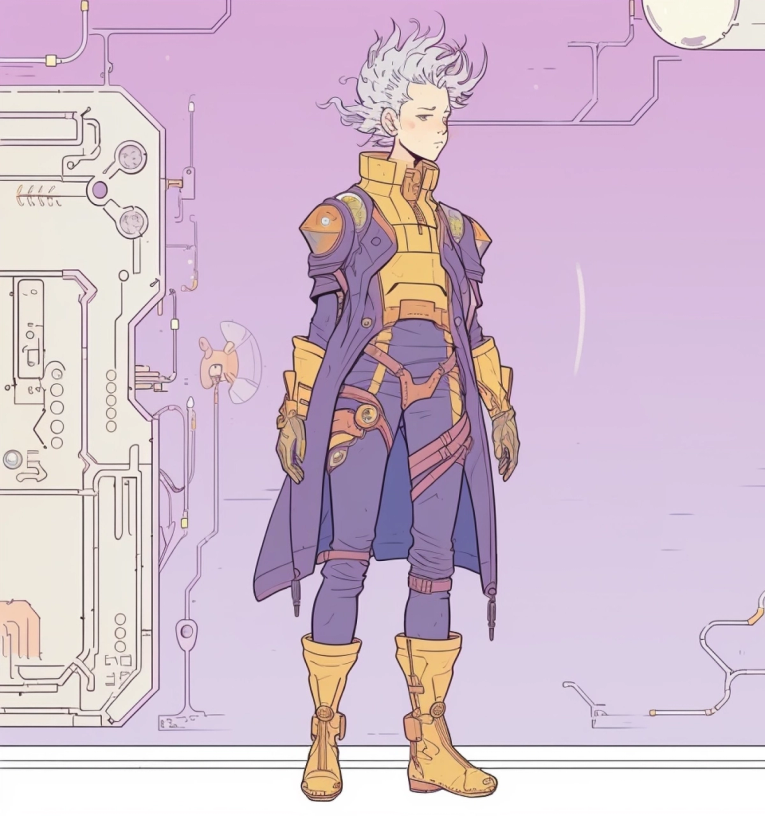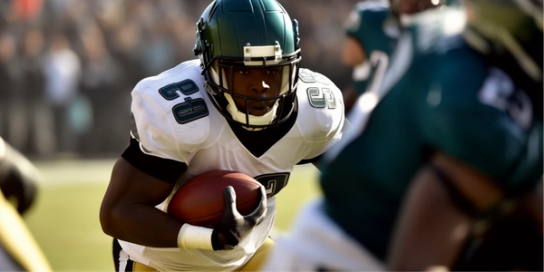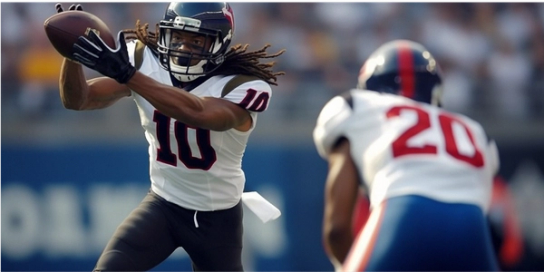
How Custom AI Models Help Brands Scale
Published 4 Oct, 2024

Custom AI models are the answer to producing consistent, on-brand results at scale. It only makes sense that's why 56% of business plan to build their own custom AI models. Learn what custom AI models can do for your creative team, discover how they're built and see examples that will inspire you.
One barrier creative teams often face as they advance their use of generative AI is that most off-the-shelf tools are trained on generic data sets. It's like everyone is starting with the same flour, sugar and salt and then adapting them to get the right recipe.
What if you could train these tools, teaching them to read from your personal cookbooks and investing them with all the knowledge you've baked into your brand? What if what once took 24 hours, now only takes 24 seconds?
Let's explore the possibilities of custom AI models that can take you from fast fashion to haute couture.
What Are Custom AI Models?
According to our Director of AI Consulting, Dr. Jan Emmanuele:
A brand accelerant, custom models take you from generic outcomes to distinctive results—shrinking timelines by several orders of magnitude. What used to take days can be done in hours or even seconds, all without any threat to creative quality and brand integrity.

Learning the generative AI landscape is literally like teaching yourself a new language. When you first start using any AI creative tool, you're using a generic tool that accesses the same data for every request.
As you become more familiar with AI tools, you'll get more sophisticated with your prompting and how it works. You'll also really start identifying where it adds value to your creative workflows and where future opportunities lie.
But, until you customize your data sets, the creative you get will only be a close match rather than an exact match for your brand. This is where custom models come in. You can train these tools on your brand and campaign needs by literally building the pools of data these tools use to produce assets.
What Kinds of Custom AI Models Are Creatives Using?
As businesses move from experimenting to actioning AI, 56% plan to train their own custom models. The kinds of custom models creative teams are employing include:
- Custom GPTs for copy. This gives you an LLM that speaks in your voice and tone and knows your style guidelines for concepts and copy that's truly representative of your brand.
- Illustration and icon models. Reflecting the established style of either the illustrations or icons, custom models make it faster and easier to grow custom asset libraries.
- Image models. Uses data sets of carefully curated images to guide further iteration, these models speed and scale the production of on-brand images.
What Are The Benefits?
Well, first, there's producing copy, images and other assets that genuinely reflect your brand more efficiently and effectively.
- Consistency. To put it simply, when the models are trained on your data, the results will better reflect your brand and campaign objectives.
- Efficiency. Not only can you iterate on images, icons and headlines more quickly, you can do so with greater freedom and less risk of wasted resources (even on tight timelines).
- Scalability. Building a custom model is like building an engine, once you have the components in place, you continue to fine-tune it and improve performance.
- Adaptability. With AI models, ideas that would once have been impossible, like creating a custom comic book, are now possible.
How Are Custom AI Creative Models Made?
Using a custom AI image model, like the one we created for Boomi, as an example, the process can be broken down into five steps.
1. Data collection. It's about as sexy as it sounds. You gather all the data you need to start building your model. For a custom image or illustration model, you'd want 15-20 starting images or illustrations as references. Whenever data sets are limited, early models can be used to generate additional references.
2. Curation and annotation. This is where you look at the data and pick the ones that are the most consistent and closest to the style you wish to achieve. During this step, annotation equals crafting the ideal prompts. It's also common for teams to build and test several models to explore a range of styles.
3. Fine-tuning. This is where the magic happens. The model adapts to your data and starts learning your style.
4. Evaluation. The assets are put through a quality assurance process to ensure accuracy and consistency. If necessary, iterations of steps 2 & 3 are performed.
5. Rollout. The model is rolled out into active workflows. One of the ways Superside implements custom models is by uploading them to the design software and integrating the model into the customer's design system.
Always include: Human oversight and ongoing improvement
No matter how sophisticated a custom AI model becomes, human expertise makes all the difference, ensuring that brand guidelines are followed and checklists are used to make quality systematic so that everything looks and feels right. Your models will also evolve with your brand. As you make updates, you'll add this information to your models.
Examples of Custom AI Models in Action
Consistency, efficiency, scale and adaptability. These are all good things. But how do custom AI models make this happen. The examples below show how leveraging custom models unlocks these benefits... and more.
Superside: From concept to integrated campaign in under a month
Working on this AI campaign felt like shaping the future of creative marketing. The blend of human expertise and AI tools unlocked a level of creativity that exceeded all expectations.
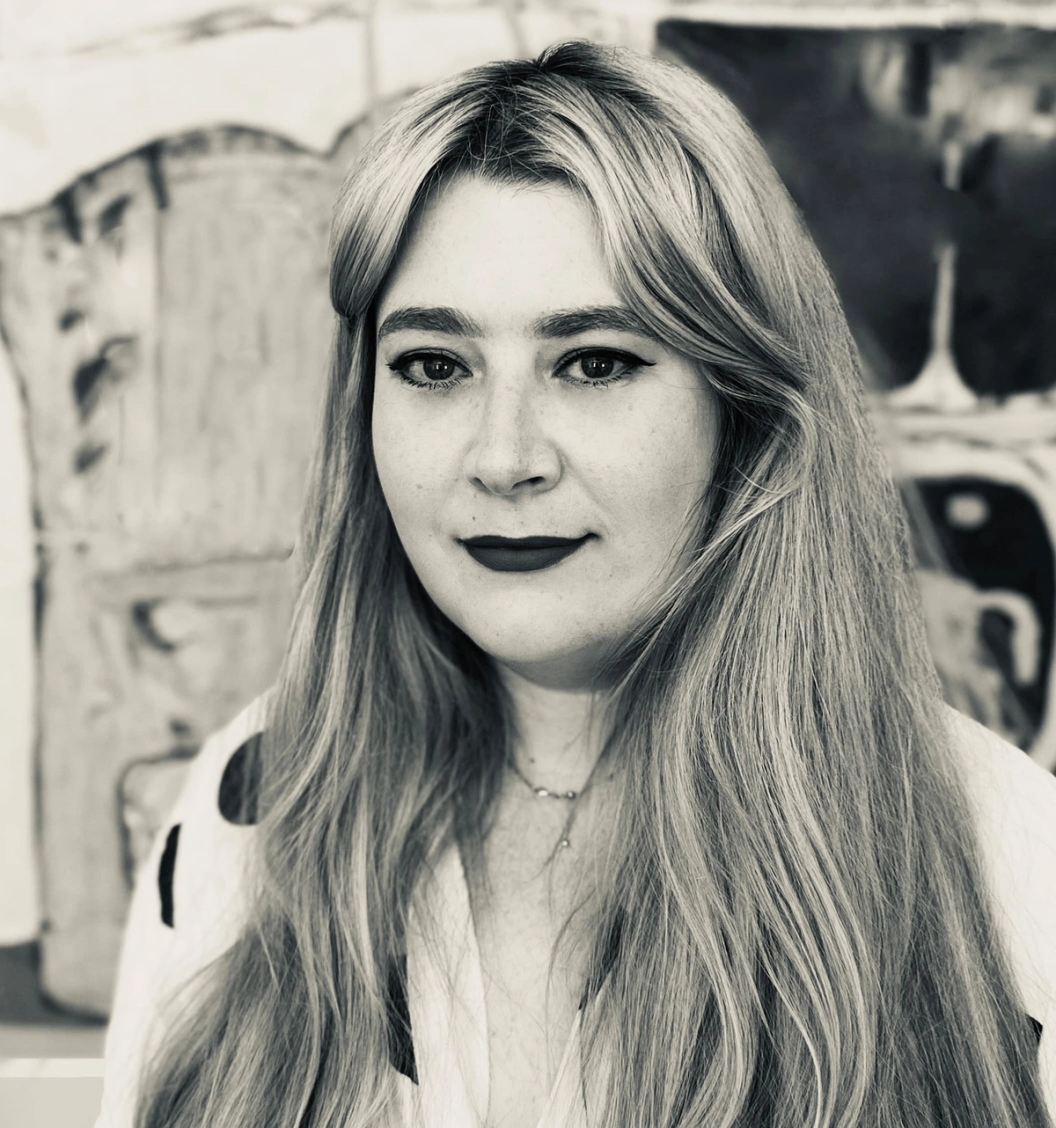
The creative promise of AI is like a block of marble. When you combine human imagination with the right tools and technology, masterpieces emerge from the stone.
When we wanted to announce the potential of our AI-powered creative services, we used custom models to help with the signature images and icons. Over a span of 21 days, we produced more than 200 sets of statue imagery to support a multichannel campaign that included:
- 3 landing pages
- 3 creative concepts
- 6 Instagram templates
- 70 static ads and social media posts
- 3 animated ads
- 10 email templates
- 3 explainer videos
- 1 presentation deck template
Read the full story and trust that we can do the same for customers who want to harness the same potential.
SecurityScorecard: Making the impossible, possible
In the end, we generated more than 2,000 images and used only about 60 of them. It goes without saying, there were a lot of iterations.
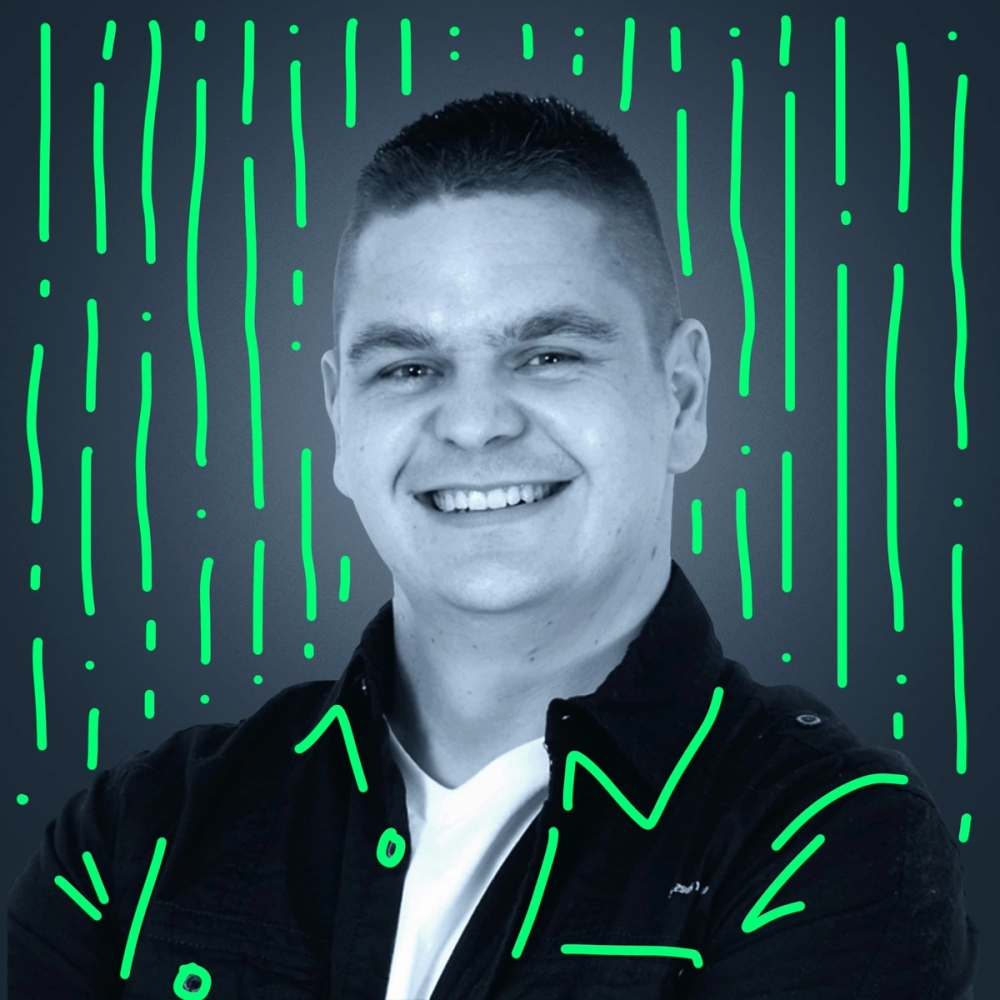
Storytelling always stands out. That's why SecurityScorecard asked Superside about creating a custom comic. Normally a project of this scale would take 800 hours or more to custom illustrate, write, design and publish—making it unrealistic in most cases. In this case, Superside asked, "What about using AI?"
Custom illustration models made it possible to iterate thousands of versions of each character, exploring a range of poses, actions and emotions. Even a custom language model helped produce consistent dialogue. Models for characters, text and even backgrounds were combined to produce the final comic
Estimates point to a process that was nearly 85% more efficient. Not to mention that now that SecurityScorecard has these custom AI models, they can use them time and again.
Read the case study and go beyond the brief to get more details from the creative team on how they tackled this challenge.
SmartNews: Getting a library of photorealistic sports images in a snap
SmartNews needed on-brand images, and they needed a lot of them. We wanted to show that AI-generated photorealistic images were the right answer.
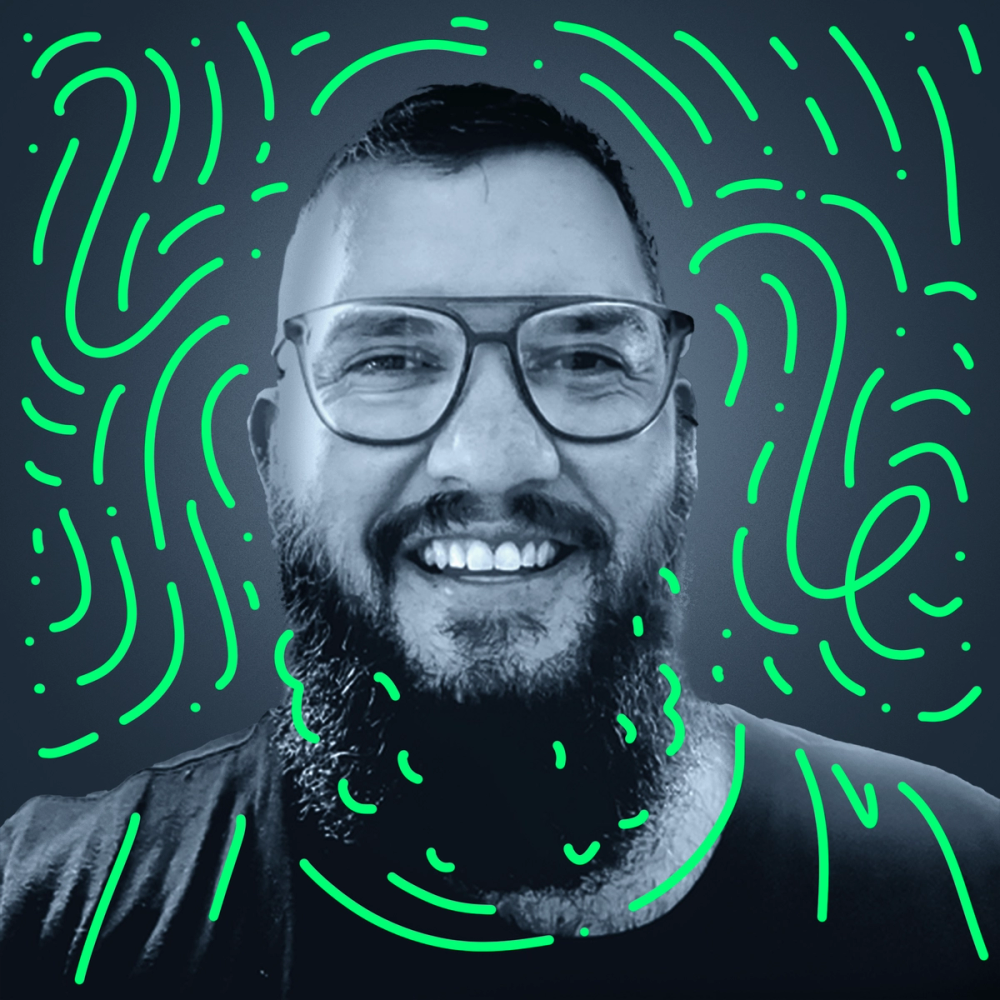
Stock photos only get you so far. And when you're an online sports news site, you're going to need a lot of custom images... a lot. In the olden days of not-so-long-ago, you could take existing images and painstakingly version them over and over.
With AI, your partners at Superside work with you to gather groupings of sports images that reflect the style you want to achieve. Then, our AI experts train tools, like Midjourney, on your brand. And, voila, you get a custom library of images, nearly 70% more efficiently.
Check out the customer story and our interview with the AI experts who tackled this project.
Unlock Next-Level Efficiency and Creativity
Taking the time to train custom AI models is time well spent—and the benefits go well beyond cost and time savings. The real value of custom AI models is in freeing your team to focus on further creativity and performance. Júlio Aymoré, one of our AI gurus explains below.
As your creative partner, Superside can help you leverage AI for current and emerging creative use cases and our consulting team can also assist with your AI transformation, including custom image and illustration models, voice and tone GPTs and prompting libraries.
Michelle is a SaaS expert who loves digging into the technical side of creativity. She’s worn many hats during her decade in agencies, from project manager to brand strategist, copywriter and social media strategist, and worked across a wide variety of clients (though tech is her jam!). She loves to put the sass into SaaS content… and now CaaS. Connect with her on LinkedIn and send her a pic of your dog (really, she’ll love it).






